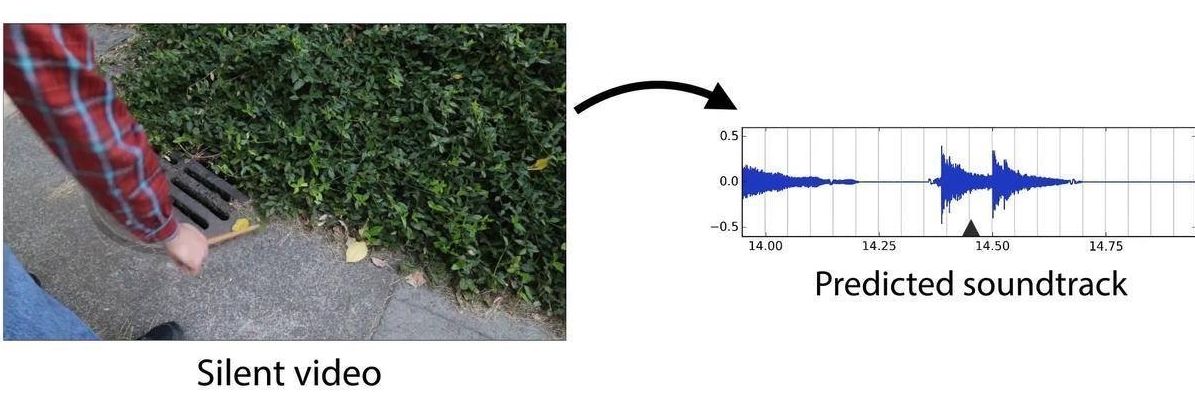
Category: futurism


Bright ideas for bookmarks, toys and apps
Nifty!
The tech-savvy may prefer to read e-books from tablets these days, especially since one of the advantages is that the device is often backlit making it easier to see text in dim environments. Printed matter, however, never seems to lose its charm, and there are still plenty of people who prefer to carry a paperback around with them. Keeping a reading lamp at hand, however, is not so convenient.
Kyouei Design’s Bookmark Light is a great idea for bibliophiles. It’s thin enough to be an unobtrusive marker when not in use and when bent in half, it becomes an effective reading light.
Made from a transparent film that helps spread the glow from two tiny LEDs, the bookmark’s circuitry is printed with a special ink that conducts electricity. To turn it on, all you need to do is place a CR2032 coin cell battery at one end of the strip and then fold the bookmark over so that its other end touches the battery and completes the circuit.

How Syfy is Leading The Charge With Imagining Diverse Futures
Over the last couple of seasons of television, critics and audiences have begun to pay a considerable amount of attention to the role of women and racial diversity on their favorite shows. Despite being set in the future, science fiction television has often been stubbornly stuck in the past. With its latest lineup, however, the Syfy channel has demonstrated that a proactive approach can create lasting change.
While visiting the sets of Dark Matter and Killjoys, I spent some time chatting with a fellow journalist, where we began to talk about how the channel’s new slate of shows had demonstrated some considerable changes in the science fiction world: across The Expanse, Dark Matter, Killjoys and 12 Monkeys, women and people of color were cast in lead or in prominent roles, with particular attention being paid to underprivileged groups in many instances. Recently, spoke with the showrunners of each production about their approach to envisioning their respective futures.

Circle in a circle
I find this article extremely laughable. Of course, humans do not know everything around science why we do research, incubate, and evolve future technologies as well as continue to do innovation and discovery.
What We Cannot Know. By Marcus du Sautoy. 4th Estate; 440 pages; £20. To be published in America by Viking Penguin in April 2017.
“EVERYONE by nature desires to know,” wrote Aristotle more than 2,000 years ago. But are there limits to what human beings can know? This is the question that Marcus du Sautoy, the British mathematician who succeeeded Richard Dawkins as the Simonyi professor for the public understanding of science at Oxford University, explores in “What We Cannot Know”, his fascinating book on the limits of scientific knowledge.

China opens space station to rest of the world with United Nations agreement
China has signed an agreement with the United Nations to open its future space station to spacecraft, science experiments and even astronauts from countries around the world.
The agreement was laid out by Ms Wu Ping, Deputy of China’s Manned Space Agency (CMSA), in a presentation at the UN’s Committee on the Peaceful Uses of Outer Space (COPUOS) annual session in Vienna on Tuesday.
The move is aimed at boosting international cooperation in space and spreading the benefits of on-orbit research and opportunities provided by the Chinese Space Station, the core module of which will launch in 2018.


Scientists Say They’ve Unearthed A Completely New Kind Of Meteorite
Scientists say that in a Swedish quarry, they’ve uncovered a meteorite unlike any other documented on the planet.
Its chemical makeup is unique among the 50,000 meteorites known on Earth, as Birger Schmitz of Sweden’s Lund University tells The Two-Way. “This does not resemble anything … even if we look at the big types that exist today and look at the broad ranges, this one falls completely outside of everything,” he says.


Detroit: Become Human — Official Announcement Trailer
Quantic Dream, the studio behind Heavy Rain, has revealed its ambitious new project. Here’s the full trailer!

